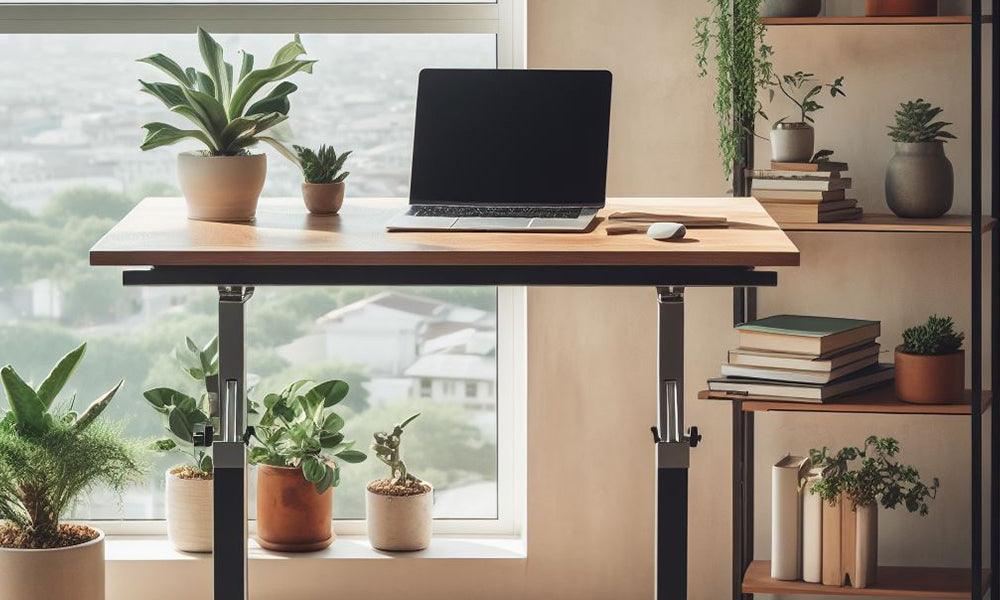In the ever-evolving landscape of modern workplaces, the concept of ergonomics has become increasingly crucial. As more and more people spend extended hours working at desks, the importance of creating a comfortable and supportive workspace has never been higher. While traditional office chairs have long been the staple of ergonomic design, innovative solutions are emerging to redefine how we think about comfort and productivity in the workplace.
Introduction: The Evolution of Ergonomics
Ergonomics, the science of designing products and environments to fit the capabilities and limitations of the human body, has traditionally focused on office chairs as the primary solution for promoting comfort and well-being during long hours of work. However, with advancements in design and technology, new ergonomic solutions are challenging the status quo and offering alternative approaches to creating a healthier and more productive work environment.
The Limitations of Traditional Office Chairs
Traditional office chairs have been the standard for decades, providing a basic level of comfort and support. However, they come with inherent limitations that can hinder rather than enhance the well-being of employees. Issues such as poor posture, limited movement, and discomfort after prolonged use are common challenges faced by those confined to conventional seating options.
Innovative Ergonomic Solutions: A Paradigm Shift
1. Standing Desks: Embracing Vertical Mobility
One revolutionary solution that has gained popularity in recent years is the standing desk. Designed to allow users to work comfortably while standing, these desks promote better posture and reduce the negative impact of prolonged sitting. Adjustable height options cater to individual preferences, making it possible for users to switch between sitting and standing throughout the day.
2. Active Sitting: The Rise of Stability Balls and Wobble Stools
Active sitting solutions, such as stability balls and wobble stools, are challenging the idea that a chair must be static. By introducing an element of instability, these seating options engage core muscles, promote better posture, and encourage movement. Users benefit from improved circulation and reduced strain on the back, fostering a more dynamic and comfortable work experience.
3. Ergonomic Desks: Tailoring Workspaces to Individual Needs
Ergonomic desks take customization to the next level by allowing users to tailor their workspace to their specific needs. Adjustable height desks, for example, empower individuals to create a setup that aligns with their unique body dimensions and preferences. This not only enhances comfort but also supports overall health and productivity.
4. Active Desks: Treadmill and Bike Workstations
For those seeking the ultimate fusion of work and exercise, active desks offer a groundbreaking solution. Treadmill and bike workstations integrate physical activity into the workday, allowing users to stay active without sacrificing productivity. These innovative setups address the sedentary nature of office work and contribute to improved cardiovascular health and overall well-being.
The Impact on Health and Productivity
1. Posture and Spinal Health
Innovative ergonomic solutions go beyond the traditional focus on lumbar support. They actively encourage proper posture and spinal alignment, reducing the risk of musculoskeletal issues and chronic pain associated with prolonged sitting. By supporting the body's natural curves and movements, these solutions contribute to long-term spinal health.
2. Increased Energy and Alertness
The introduction of movement into the workspace through active sitting, standing desks, and active desks has been linked to increased energy levels and heightened alertness. The sedentary nature of traditional office setups can contribute to fatigue and a decline in cognitive function. Innovative ergonomic solutions address this issue by promoting physical activity throughout the workday.
3. Enhanced Productivity and Creativity
Comfortable and dynamic workspaces have been shown to positively impact productivity and creativity. Employees who have the flexibility to choose their preferred ergonomic solutions are more likely to feel empowered and engaged in their work. This autonomy, combined with the physical benefits of ergonomic solutions, creates an environment conducive to innovation and efficient task completion.
Challenges and Considerations
While innovative ergonomic solutions offer a myriad of benefits, their adoption is not without challenges. Organizations must consider factors such as cost, employee preferences, and the need for proper training on the use of non-traditional workstations. Moreover, the integration of these solutions into existing office layouts may require thoughtful planning to ensure a smooth transition.
The Future of Ergonomics in the Workplace
As the understanding of ergonomics continues to evolve, the future of the workplace is likely to see even more innovative solutions aimed at enhancing the well-being of employees. From advancements in materials and technology to the integration of artificial intelligence for personalized ergonomic recommendations, the possibilities are vast.
Conclusion
In conclusion, the landscape of ergonomic solutions in the workplace is expanding beyond the confines of traditional office chairs. The shift towards innovative alternatives, such as standing desks, active sitting options, and even treadmill workstations, reflects a growing awareness of the importance of creating a work environment that prioritizes both physical and mental well-being. As organizations recognize the impact of ergonomic design on health and productivity, the future promises a workplace where employees have the flexibility to choose the solutions that best suit their needs, ultimately leading to a happier, healthier, and more productive workforce.



































